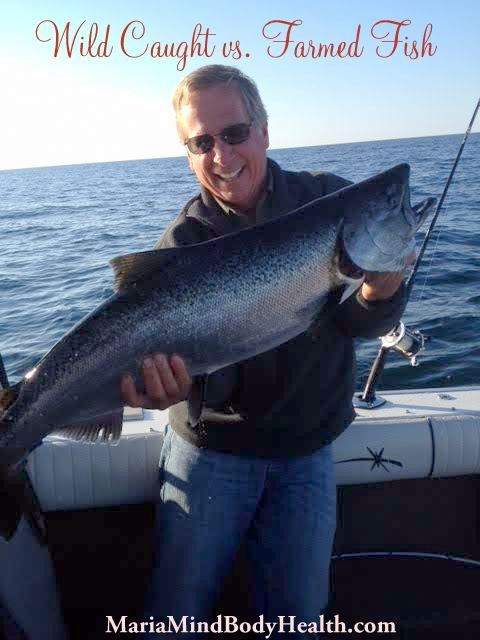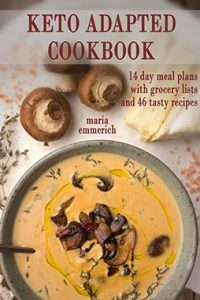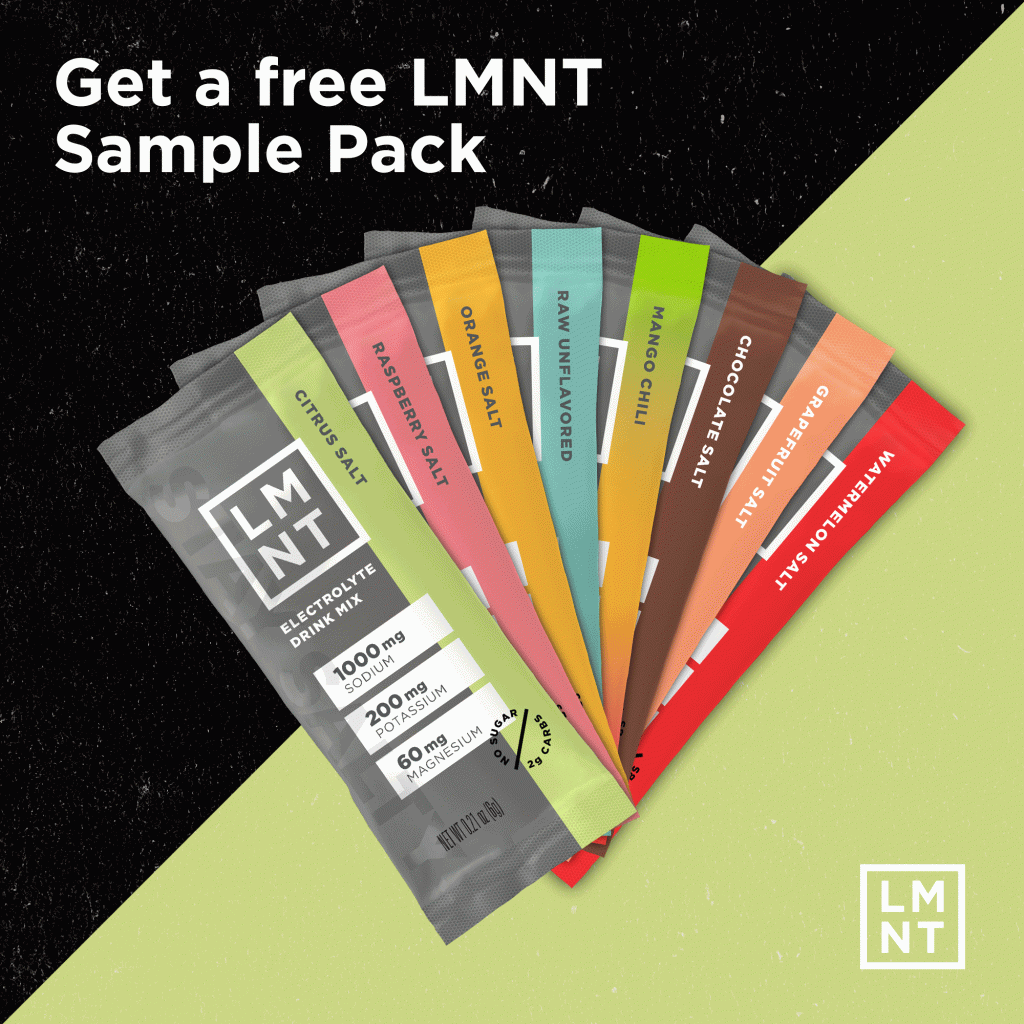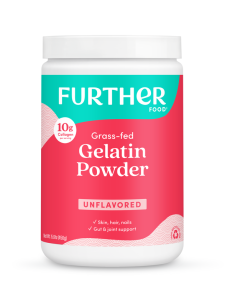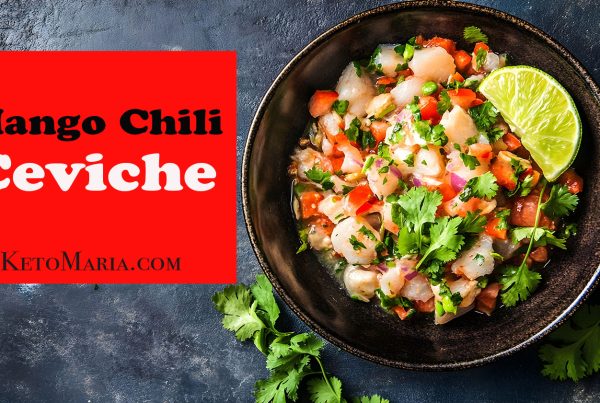Wild Caught versus Farmed Fish
Over 60% of the fish eaten in the United States is farm-raised; so when you are at a restaurant do you really know if it is Wild Caught? And why should you care? Well…here are some scary facts!
1. MERCURY AND TOXINS: Farmed Salmon have 7 times the levels of PCB’s as wild salmon: Wild salmon for the most part feed on krill, giving them their rich red color. Krill are mostly toxin-free. On the flip side, farm raised are fed pellets containing high concentrations of fish, which increases toxins and mercury in the salmon.
2. SEA LICE: Farmed Salmon has 30 times the number of sea lice. Blood-sucking sea lice often attach themselves to adult salmon, but the little parasites aren’t a big deal on larger fish. Also, sea lice can’t live in fresh water, so they die off when the salmon go upstream to spawn. By the time the young salmon make it to the ocean, they are large enough to handle the occasional sea lice. But, when salmon farms are located near salmon migration routes, the large numbers of adult fish swimming close together mean that sea lice start to cause problems and infestations start to happen. The young salmon can’t handle large numbers of lice so they never make it to adulthood. You would think this would put an end to the farmed salmon, but nope, they found a way around this problem… give them antibiotics!
3. ANTIBIOTICS: Farmed Salmon are given antibiotics at higher levels than any other livestock have less omega 3’s due to lack of wild diet are crowed into small areas inhibiting movement, and causing disease. To combat lice and other diseases, the man-raised fish are given antibiotics. The amount of antibiotics given are in higher concentrations than any other ‘livestock’. Those antibiotics are passed on to the consumer, making us more antibiotic resistant.
4. FOOD DYE: Remember, I mentioned that the most common food we eat isn’t even a food… it is food dye? Well, this is also the case with salmon. The color of a farmed fish is gray due to its diet and confinement. To make it look pink/red, the fish are fed chemical dyes. One of the artificial colorants added to fish feed, cantaxanthin, has been linked to retinal damage when taken orally and yet the FDA has approved it!
5. GMO FOODS: Farmed Salmon are fed chemicals to give them color are fed pellets of chicken feces, corn meal, soy, genetically modified canola oil and other fish which have dangerous toxins. These toxic fish pellets also contain unsanitary and genetically modified foods.

